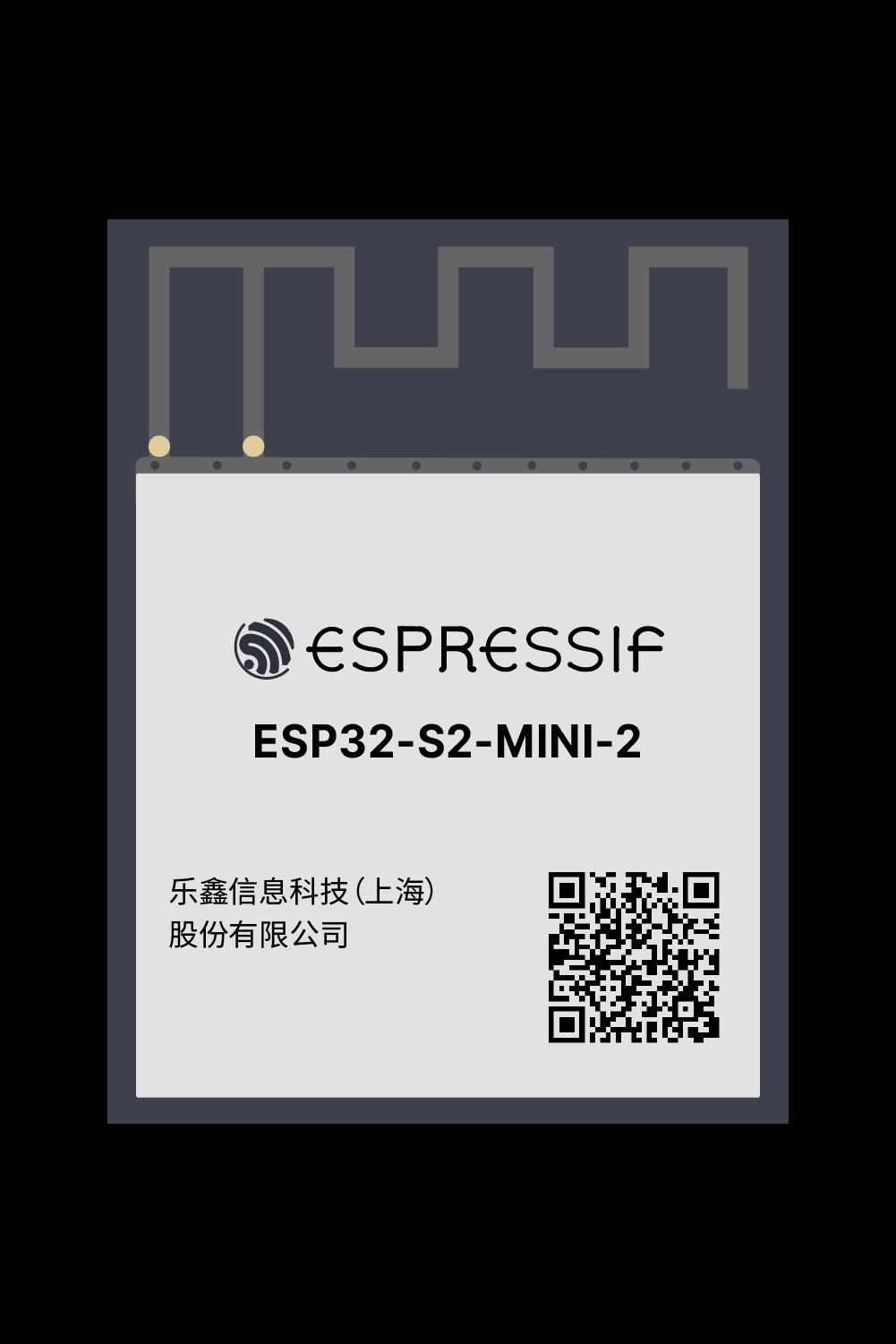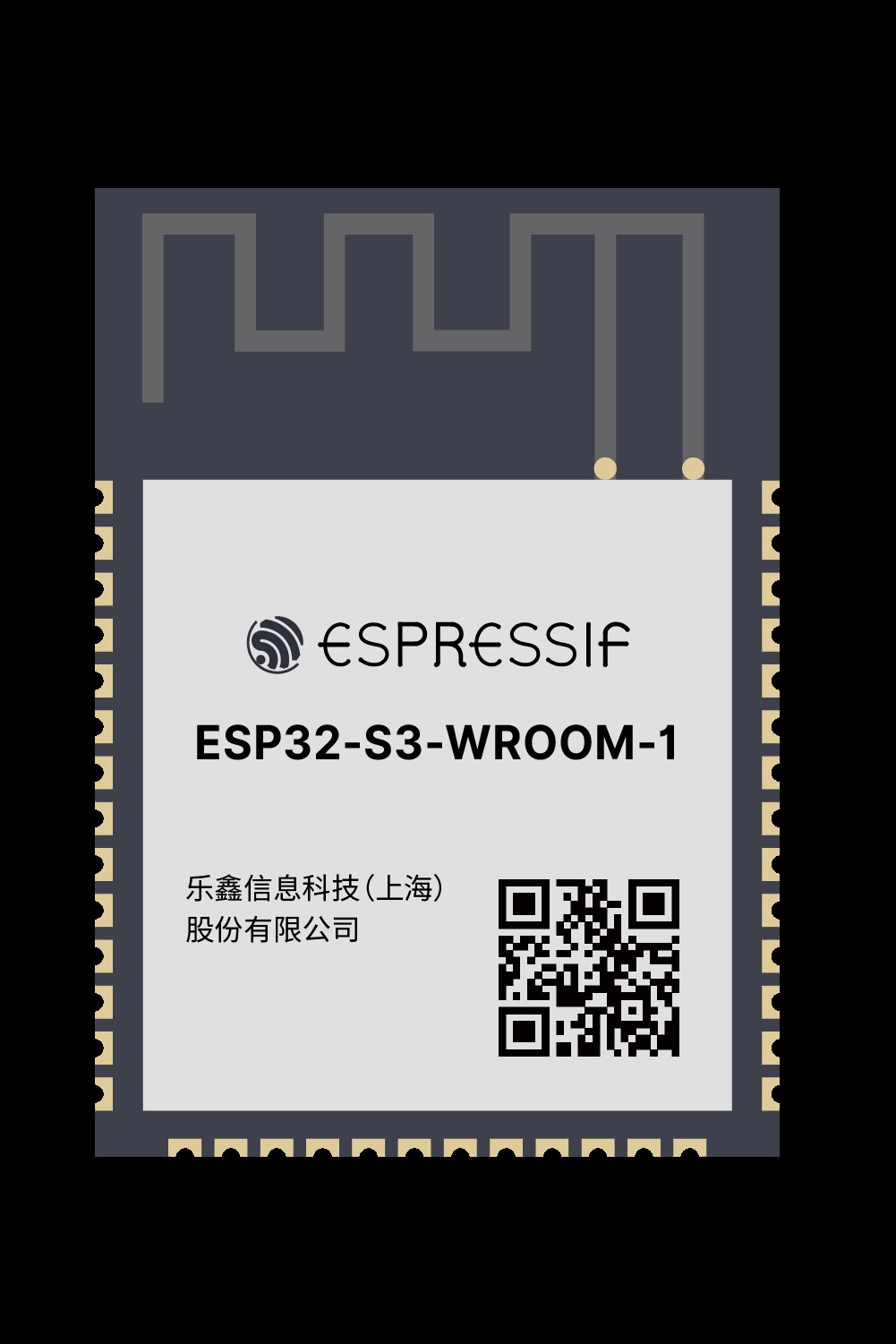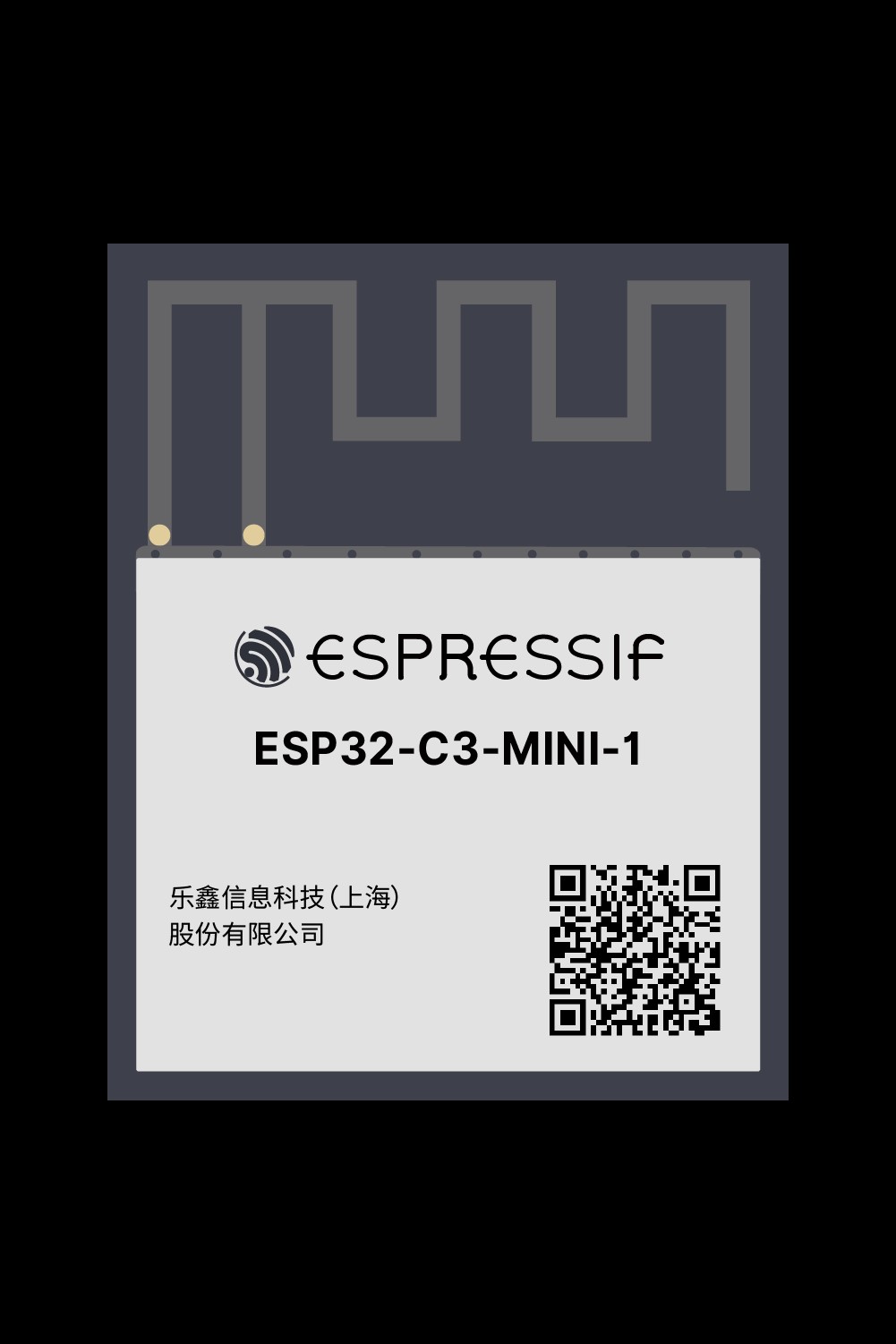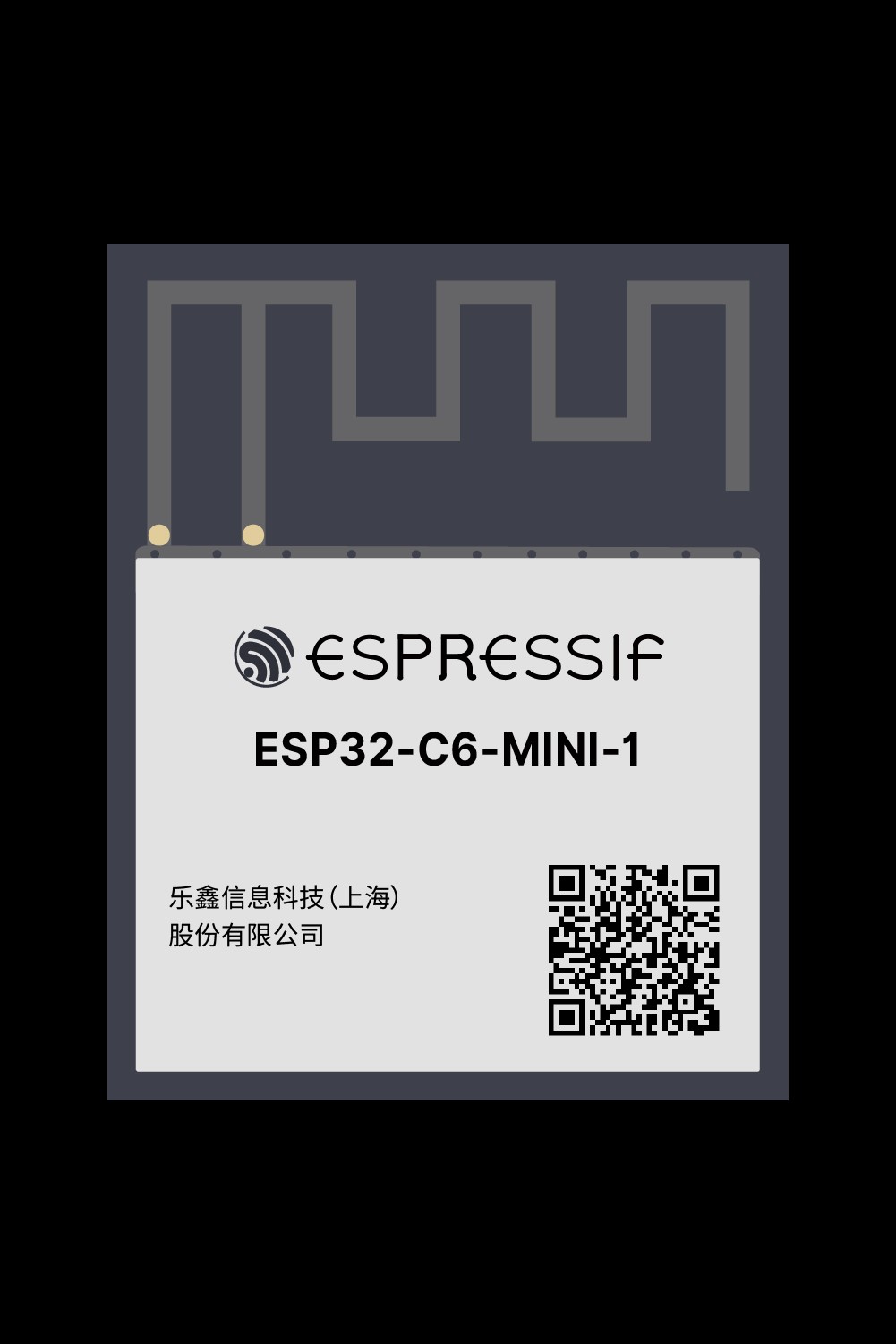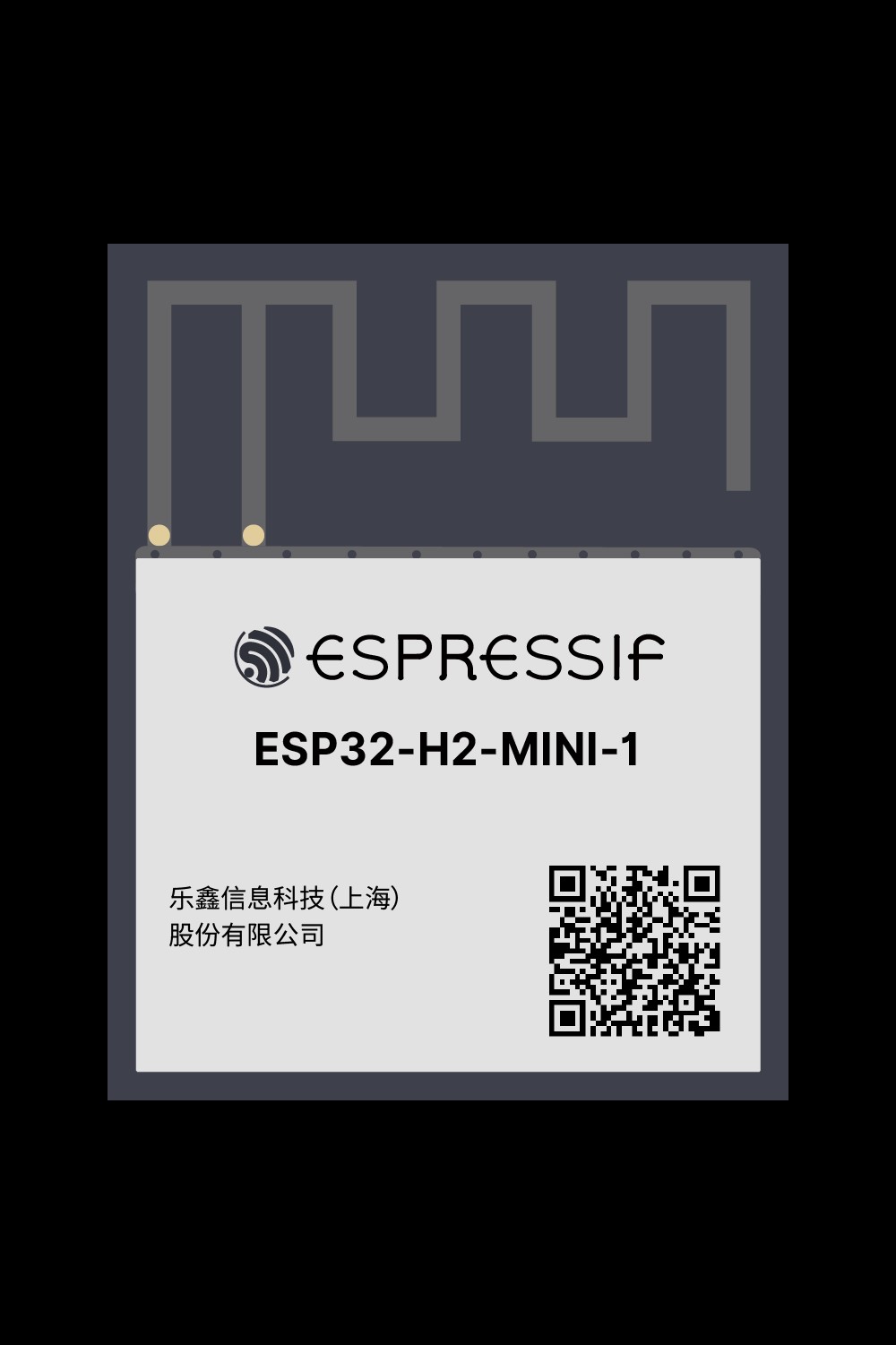Esp32 is a category of System-on-Chips (SoCs) developed by Espressif. The highest-rated brand that produces microcontroller units is Espressif. It has a different series of Esp32 chips that have improved in quality and features with time. There are many other modules developed by Espressif. Esp32 modules will be elaborated on in this write-up.
ESP32 Modules
The modules of ESP32 developed by Espressif are fully certified with inbuilt Wi-Fi and Bluetooth units. There are separate modules used in ESP32 S-Series, ESP32 C-Series, ESP32 H-Series, and simple ESP32 series.
The list of ESP32 Series is as follows:
- ESP32-S2 Series
- ESP32-S3 Series
- ESP32-C2 Series
- ESP32-C3 Series
- ESP32-C6 Series
- ESP32-H2 Series
- ESP32 Series
ESP32-S2 Series
ESP32-S2 is a series of 32-bit LX7 dual-core microprocessors by Xtensa with 2.4 GHz Wi-Fi. It is highly secure and operates on low power. This series has integrated antennas and is used for cloud communication.
Main Highlights of ESP32-S3 Series
- Wi-Fi uses IEEE 802.11 b/g/n protocol
- 128 KB ROM
- 320 KB SRAM
- 43 GPIOs (14 are touch sensing)
- Flash Encryption
- 1×64 bit General Purpose Timers
- Voltage Rating = 3.6V
- Current Rating = 0.5A
- Temperature Rating = -40 °C to 150 °C
The following modules are used in this series.
- ESP32-S2-MINI-2
- ESP32-S2-MINI-2U
- ESP32-S2-SOLO-2
- ESP32-S2-SOLO-2U
- ESP32-S2-MINI-1
- ESP32-S2-MINI-1U
- ESP32-S2-SOLO
- ESP32-S2-SOLO-U
- ESP32-S2-WROVER
- ESP32-S2- WROVER-I
- ESP32-S2-WROOM
- ESP32-S2-WROOM-I
ESP32-S3 Series
The ESP32-S3 series comes with advanced features. It also uses a 32-bit LX7 dual-core microprocessor by Xtensa with 2.4 GHz Wi-Fi. However, it has high RAM, SRAM, and a greater number of peripherals.
Main Highlights of ESP32-S3 Series
- Security through Flash Encryption, Digital Signature, and HMAC peripheral
- 384 KB ROM
- 512 KB SRAM
- 45 GPIOs
- Low Energy (LE) Bluetooth 5
- 4×54 General Purpose Timers
- Low Power Consumption
- Voltage Rating = 3.3V – 3.6V
- Current Rating = 0.5A
- Temperature Rating = -40 °C to 150 °C
The following modules are used in this series.
- ESP32-S3-WROOM-1
- ESP32-S3-WROOM-1U
- ESP32-S3-WROOM-2
- ESP32-S3-MINI-1
- ESP32-S3-MINI-1U
ESP32-C2 Series
The ESP32-C2 Series consists of a 32-bit single-core microprocessor based on RISC-V architecture. It has an operating frequency of 120MHz. The distinguishing feature of this series is its state-of-the-art radio frequency signal performance. This series uses the microprocessor chip ESP8684.
Main Highlights of ESP32-C2 Series
- Bluetooth LE 5, Bluetooth Mesh
- 576 KB ROM
- 272 KB SRAM
- 14 GPIOs
- LED PWM controller
- Voltage Rating = 3.3V – 3.6V
- Current Rating = 0.5A
- Temperature Rating = -40 °C to 150 °C
The following modules are used in this series.
- ESP8684-MINI-1
- ESP8684-MINI-1U
- ESP8684-WROOM-01C
- ESP8684-WROOM-02C
- ESP8684-WROOM-02UC
- ESP8684-WROOM-03
- ESP8684-WROOM-04C
- ESP8684-WROOM-05
- ESP8684-WROOM-06C
- ESP8684-WROOM-07
ESP32-C3 Series
The ESP32-C3 series is also a 32-bit single-core microprocessor based on the RISC-V architecture. However, its operating frequency is 160MHz. The modules in this series use two kinds of chips: ESP8685 and ESP32-C3. This series is also equipped with Wi-Fi, Bluetooth, and rich peripherals.
Main Highlights of ESP32-C3 Series
- IEEE 802.11 b/g/n protocol for Wi-Fi
- Bluetooth LE 5
- 384 KB ROM
- 400 KB SRAM (16 KB cache memory)
- 16-22 GPIOs
- 2×54 General Purpose Timers
- High Security
The following modules are used in this series.
- ESP32-C3-MINI-1
- ESP32-C3-MINI-1U
- ESP32-C3-WROOM-2
- ESP32-C3-WROOM-02U
- ESP8685-WROOM-01
- ESP8685-WROOM-03
- ESP8685-WROOM-04
- ESP8685-WROOM-05
- ESP8685-WROOM-06
- ESP8685-WROOM-07
ESP32-C6 Series
This series is more advanced than the other two C-series. Although it also has a 32-bit single-core microprocessor based on RISC-V architecture, it has 2.4 GHz Wi-Fi 6, ZigBee, and Thread.
Main Highlights of ESP32-C6 Series
- IEEE 802.11ax compliant Wi-Fi
- IEEE 802.15.4 supports ZigBee 3.0 and Thread 1.3
- Bluetooth 5.3 certified
- 320 KB ROM
- 512 KB High Power SRAM
- 16 KB Low Power SRAM
- External Flash up to 4 MB
- 30 GPIOs
- High Security
The following modules are used in this series.
- ESP32-C6-MINI-1
- ESP32-C6-MINI-1U
- ESP32-C6-WROOM-1
- ESP32-C6-WROOM-1U
ESP32-H2 Series
ESP32-H2 has a single-core microprocessor that operates on very low power. It is based on 32-bit Reduced Instruction Set Computer (RISC-V) architecture.
Main Highlights of ESP32-H2 Series
- IEEE Wi-Fi 802.15.4 protocol
- Supports ZigBee, Matter, and Thread
- 19 GPIOs
- 128 KB of ROM
- 320 KB SRAM (16 KB cache memory)
- 2 MB or 4 MB external flash supported
- Secure Boot and Flash encryption
- Voltage Rating = 3.3V – 3.6V
- Current Rating = 0.35A
- Temperature Rating = -40 °C – 105 °C
The following modules are used in this series.
- ESP32-H2-MINI-1
- ESP32-H2-MINI-1U
ESP32 Series
The ESP32 series is the flagship product of Espressif. It was the first one developed by the company. It has an Xtensa LX6 32-bit single-core microprocessor that has an operating frequency of 80MHz to 240MHz. This series supports different modules of WROOM, WROVER, PICO, and MINI.
Main Highlights of ESP32 Series
- IEEE protocol 802.11n, 2.4GHz Wi-Fi
- Bluetooth LE
- GPIOs vary from 38 to 55 depending on the module used
- 8 MB PSRAM
- 4, 8, or 16 MB Flash
- Temperature Rating = -40 °C – 105 °C
The following modules are used in this series
- ESP32-WROOM-32E
- ESP32-WROOM-32UE
- ESP32-WROOM-DA
- ESP32-WROVER-E
- ESP32-WROVER-IE
- ESP32-MINI-1
- ESP32-MINI-1U
- ESP32-PICO-MINI-02
- ESP32-PICO-MINI-02U
- ESP32-PICO-V3-ZERO
- ESP32-PICO-DU1906
- ESP32-PICO-DU1906-U
- ESP32-WROOM-32U
- ESP32-WROOM-32SE
- ESP32-WROOM-32
- ESP32-SOLO-1
- ESP32-WROVER-B
- ESP32-WROVER-IB
- ESP32-WROVER
- ESP32-WROVER-1
Conclusion
The ESP32 is a microcontroller unit produced by Espressif. It has different series developed by improving features in every next series. Each series uses multiple modules according to their design and

